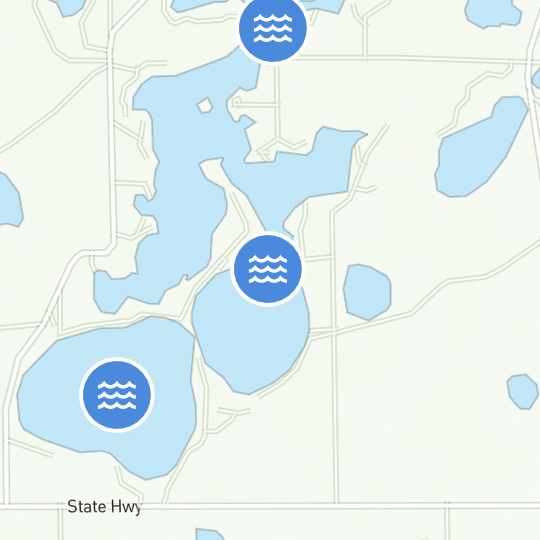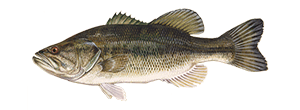Fly Fishing Pants
Having the right type of fly fishing pants for the weather and fishing situations allows anglers to stay comfortable and dry. Waders are considered an essential piece of fly fishing equipment, here are some tips to purchase the best fly fishing pants for your fishing needs.
Choosing the right fly fishing wading pants, or waders, is crucial for an optimal fishing experience. Consider the climate and water conditions of your fishing location. Opt for thick neoprene for cold mountain rivers and moisture-wicking fabrics for warm environments. Assess your fishing style—wading pants for shore fishing or convertible pants for boat fishing.
Fly Fishing Wading Pants
- Where do you plan to fish? Think about the climate and waterway(s) where you will be fishing. Cool mornings fishing for trout on the cold mountain rivers of Montana obviously require different fly fishing pants than those that would be needed for a summertime fishing trip to the Florida Everglades. Thick neoprene fabric is best for wading in cold mountain waters while light moisture-wicking fabrics are ideal for fishing from a boat in warm, humid weather.
- How do you plan to fish? If you plan to wade fish from the shore, it's a good idea to own a pair of fly fishing wading pants. If fishing from a boat, fly fishing wading pants won't be required. However, morning and evening breezes can be cool when fishing from a boat, so you may want to consider a pair of convertible fly fishing pants with zip-off legs that turn into shorts. This way, you can keep the legs on in the mornings and evenings while zipping them off as mid-day temperatures rise.
Once you have answered these questions, you can better determine which pair of fly fishing pants or wader pants will be best.
If you answered ‘yes’ to the question about fishing from shore, you will need to add a pair of fly fishing wading pants, also known as waders, to your outdoor wardrobe. Waders are waterproof fly fishing pants specifically designed for standing in water. These men’s and women’s fly fishing pants are made from a variety of materials and come in several styles.
Fly Fishing Pants: Materials
- Rubber waders are durable and work in cool climates but aren't a good choice if you are fishing in warm temperatures. While rubber waders will help keep you dry, they won't wick away perspiration.
- Neoprene has become a popular wader material due to its durability and availability in varying degrees of thickness. If the weather where you fish is usually moderate with an occasional cold day, or if you have a long walk to get to your favorite fishing spot, consider a thinner pair of neoprene fly fishing pants.
- Breathable synthetic wader materials are often a top choice because they allow you to stay dry and comfortable in a variety of conditions. Breathable synthetic materials allow heat and perspiration to escape from your waders while preventing water from getting inside of your waders.
Fly Fishing Pants: Styles
Three of the most common wader pant styles are bootfoot waders, stockingfoot waders and hip-waders. Bootfoot and stocking foot styles usually extend from the foot up to the waist or chest, while hip-waders extend to the upper leg.
- Bootfoot waders have boots that are permanently attached to the wader pants.
- Stockingfoot waders are lighter and give you the option of wade fishing without using heavy boots in the right conditions.
- Hip-waders are most often used in calm, shallow waters and come in styles with or without boots.
Once you know which type of fly fishing pants or waders you need, read through a list of fly fishing tips and make sure you have the right fly fishing gear for the kind of fly fishing you want to do.
KEEP LEARNING

How to Tie the Non-Slip Loop Knot
The non-slip loop knot is a popular and reliable choice for securing hooks, lures, and other tackle to your fishing line.
LEARN MORE

Socials
Take me fishing social media links
LEARN MORE

TakeMeFishing x Teen Vogue
Join us on a creative journey as fashion designer Ahmrii Johnson walks us through her collaborative vision and process with Teen Vogue and fashion brand, Rentrayage, to create a special piece.
LEARN MORE


.png?lang=en-US&ext=.png)